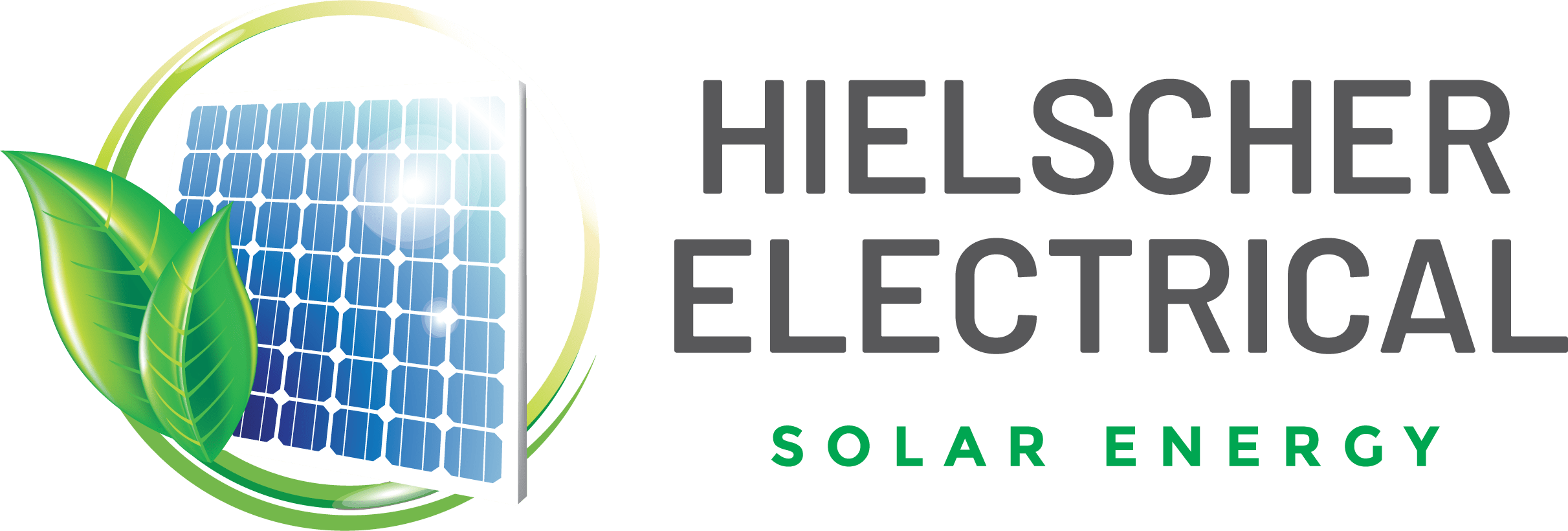As a proud employee of a seasoned solar electrician and owner of a thriving solar retail business in Cairns, I’m excited to share some fantastic news for solar households in regional Queensland. Starting in July, residents with rooftop solar panels can expect a significant increase in the amount they earn from excess energy generation sent back to the grid.
In a surprising turn of events, the Queensland Competition Authority (QCA) has proposed a nearly 40% increase in the Ergon solar tariff for regional Ergon network customers. The proposed rate will rise from the current 9.3c/kWh to 12.9c/kWh, which is a stark contrast to the decreasing solar tariff rates seen in other National Electricity Market states and even the southeastern parts of Queensland.
Last year, the QCA increased the regional solar feed-in tariff rate from 6.5c/kWh to 9.3c/kWh, which marked a 41% jump. This year’s proposal to raise the rate to 12.9c/kWh aims to reflect the cost savings for regional Queensland retailers who source electricity from solar customers instead of buying from the grid. The QCA also believes this higher rate will fairly compensate solar customers for the electricity they export to the grid.
The Rise In Energy Costs
The draft determination suggests that the increase in the solar feed-in tariff is primarily due to the significant rise in wholesale energy cost estimates for the 2023-24 financial year. However, this doesn’t seem to apply to southeastern Queensland, where private retailers have dropped their average rates to about 5.7c/kWh.
While other state pricing regulators use similar methodologies to determine rooftop solar feed-in tariffs, they have continued to decrease the rates in their respective states. For instance, in Victoria, the Essential Services Commission recently lowered the minimum flat rate for excess solar generation from 5.2c/kWh to 4.9c/kWh, beginning in July. This reduction occurred despite average wholesale electricity prices increasing.
New South Wales will also soon make a decision on its 2023-24 solar feed-in tariffs, and it remains to be seen whether they follow Queensland’s example. Last year, NSW’s pricing regulator, IPART, almost doubled its guidance for rooftop solar exports to a range of 6.2-10.4c/kWh.
However, it is crucial to note that IPART’s feed-in tariff rates are not binding and serve only as a benchmark for the industry and consumers. Therefore, NSW solar households aren’t guaranteed higher payments.
Stephanie Gray, deputy director of Solar Citizens, notes that high global coal and gas prices have led to elevated wholesale power prices. Solar energy from over 900,000 homes and businesses provides daytime price relief, and solar owners should receive higher payments for their electricity supply. Unfortunately, this is not happening in areas like southeastern Queensland, where retailers can offer customers any rate they choose.
The Sun Tax
Moreover, the situation in NSW is worsening due to proposed “sun tax” charges for rooftop solar owners during low demand and peak solar generation periods. Gray condemns this tax and urges the Queensland government to avoid implementing a similar policy.
Queensland’s solar owners play a vital role in reducing wholesale electricity prices and cutting the state’s emissions. The proposed 40% increase in regional feed-in tariffs is a significant win for regional Queensland households and the solar industry.
How useful was this post?
Click on a star to rate it!
Average rating / 5. Vote count:
No votes so far! Be the first to rate this post.


